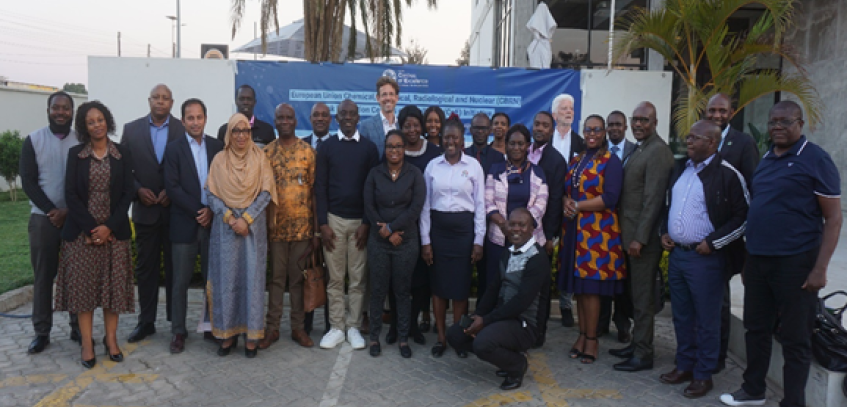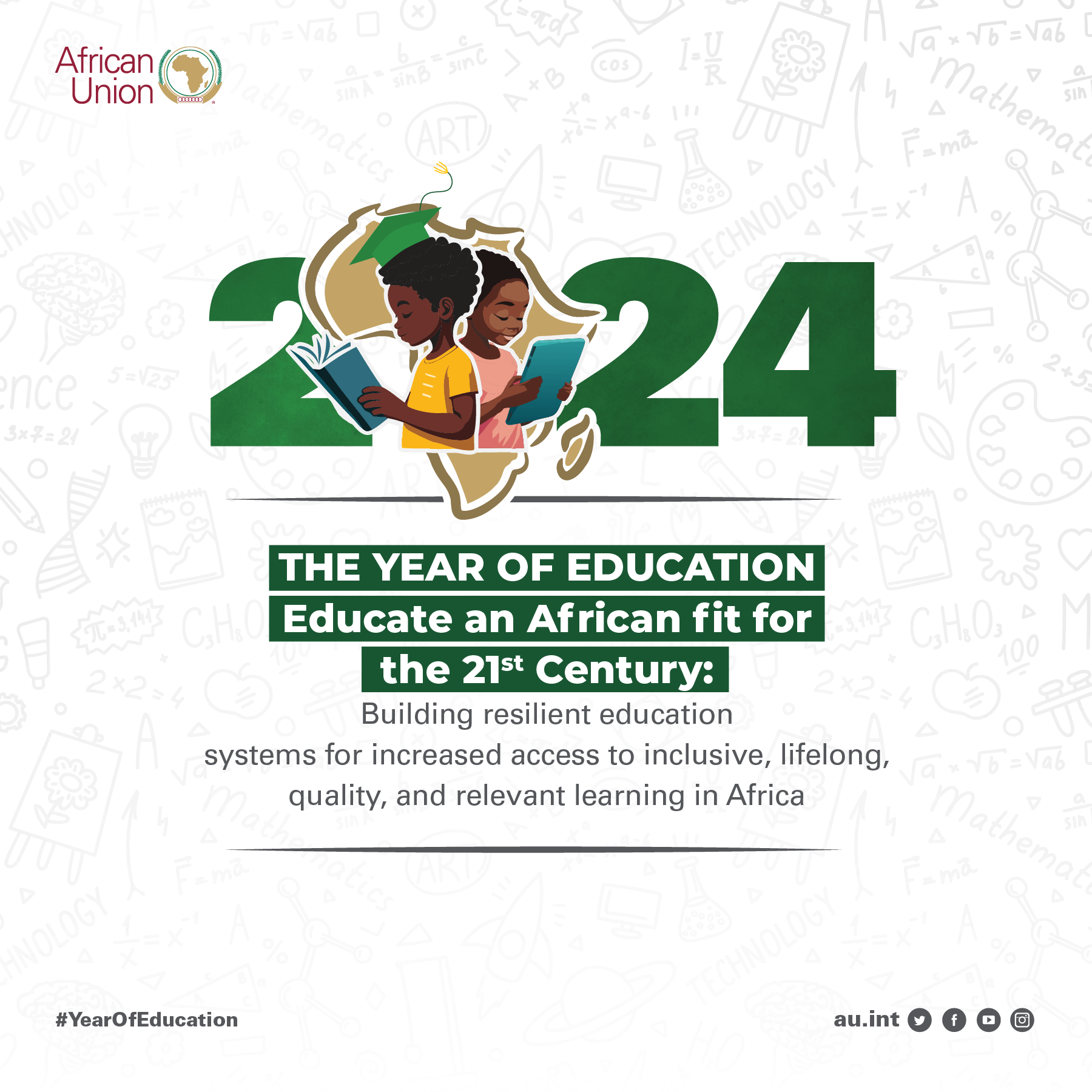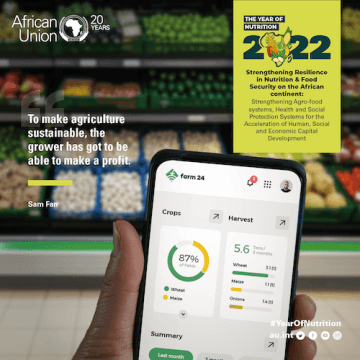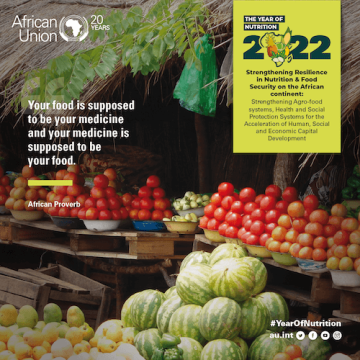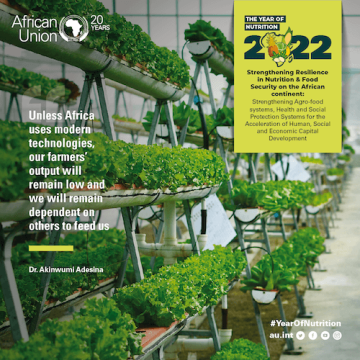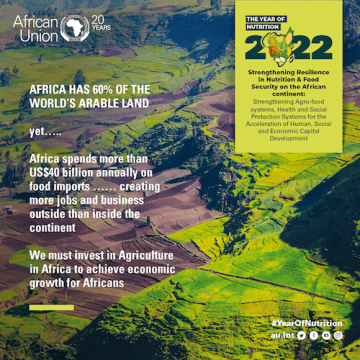14–15 August 2024, Lusaka, Zambia – Africa’s vulnerability to various disaster risks, including chemical, biological, radiological and nuclear (CBRN), which engender the severe destruction of habitats and ecosystems, has been a cause for concern among policy makers in recent years. Against this backdrop, the 18th regional roundtable meeting of Eastern and Central Africa (ECA) on CBRN risk mitigation was jointly organised by the European Commission, the United Nations Interregional Crime and Justice Research Institute (UNICRI) and the CBRN Centres of Excellence Initiative’s Regional Secretariat for ECA, in collaboration with the Government of Zambia.
The APRM, represented by Dr. Valery Yao, Technical Coordinator for State Resilience to Shocks and Disasters, participated in this meeting which follows engagements between the APRM and the UNICRI, in July 2024, during which areas of common interests were identified. CBRN threats transcend borders and must be addressed collectively. Indeed, the inappropriate handling of CBRN material poses considerable challenges to public health, trade and the environment in multiple countries.
Participants highlighted that governments, cognizant of the cross-border implications of CBRN risks, have signed up to regional and international agreements, including the Basel Convention (1989), the Bamako Convention on the Control of Transboundary Movements of Hazardous Wastes and their Disposal (1998), the Chemical Weapons Convention (1997), the Stockholm Convention (2001), the Rotterdam Convention (2004) as well as the Minamata Convention (2013). These conventions form a useful body of treaties to inform the conduct of APRM reviews.
Furthermore, presentations by partner institutions shed light on various wastes, including agricultural, industrial, chemical, electronic (e-waste) and asbestos. Despite the continent’s meagre consumption of chemical products, most of its countries face critical challenges in chemical management. Few of them have implemented the Globally Harmonised System for classification and labelling of chemicals.
The APRM presentation emphasised the issues of illicit cross-border trade, numerous but ineffective checkpoints, the existence of porous borders on the continent, as well as the numerous ways in which CBRN weapons and material can proliferate. As they reduce barriers to trade and open their borders, an African Continental Free Trade Area thrust, AU Member States were urged to pay attention to the potential proliferation of CBRN threats by non-state actors. Participants agreed to carry out targeted reviews to bolster AU Member States’ capacity to reduce these threats.
In light of the lack of reliable data on the levels of chemical waste generated in various sectors; weaknesses in political, institutional and legal frameworks; gaps in monitoring the transboundary movement of hazardous waste; inadequate integrated waste management policies and strategies on chemical waste; poor infrastructure for the disposal of hazardous waste; as well as weak coordination among national institutions involved in the regulation of chemicals throughout their life cycle, urgent transboundary cooperation on sustainably addressing CBRN risks is imperative.

